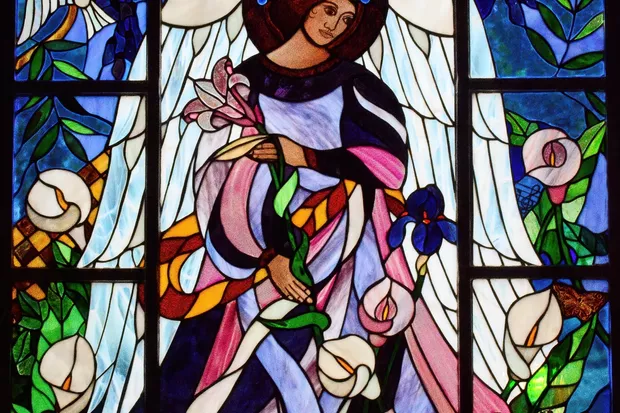From the Junior School head's desk: 3 February 2023
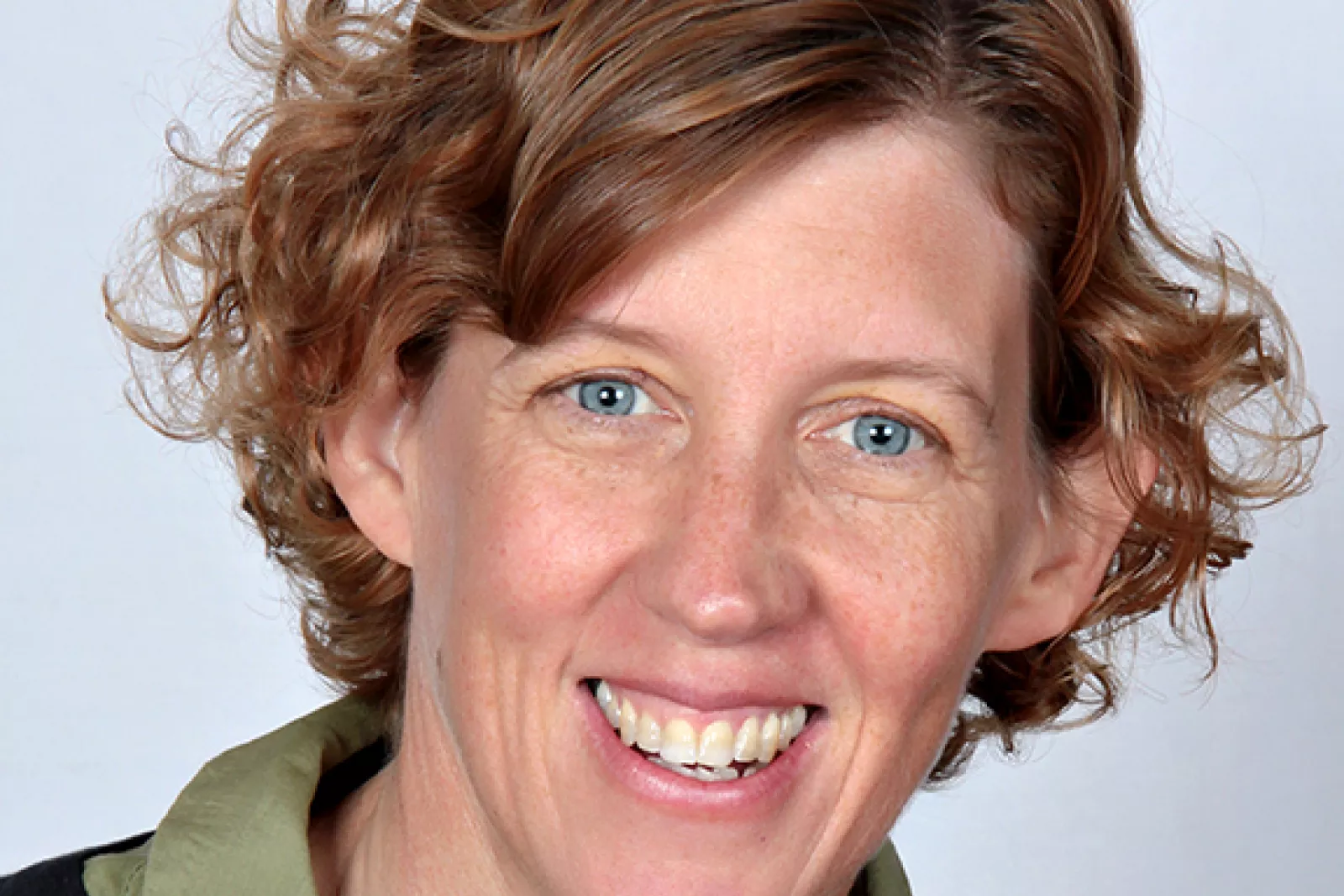
These pages testify to the variety of our weeks in the Junior School. You will see that the children and teachers are busy with a range of activities, on and offsite, and that projects, camps, outings, author visits, sports fixtures, performances, and lessons succeed each other with remarkable speed. Things and people rarely stand still on campus, which is why we remain grateful for the contemplation and containment we enjoy in chapel – not forgetting, with reference to Reverend Rakgadi’s article, the opportunities it offers us to burst into spontaneous song and praise.
Spontaneity and the ability to enjoy the moment are part of what makes spending time with the younger children in the Junior School so invigorating – the Little Saints team comment on the “fresh faces” of the girls and boys who walk through their gates every morning while a past head at St Mary’s, Mrs Bryn-Jones (1942–1946) referred to her kindergarten wards as “such succulent little souls”. Both descriptions speak to the tremendous sense of opportunity, the scope of possibility, even, that the teaching of children gives us. I wrote about the gift of beginnings in my last newsletter – this, too, is a matchless gift.
When Mrs Clarke tells me on a cloudy day that one of her Grade 0 pupils points to the sky through the window of her classroom and remarks, earnestly, “It looks ominous” we laugh, spontaneously, at the delightful contrast between the speaker’s small stature and the gravitas of her statement. There are many opportunities for laughter of this kind in the Junior School and I have been struck over the last few weeks of admissions interviews with the Grade 0s of 2024 and teaching Grade 7s (opposite ends, I suppose, of our pupil community) how much ground we still need to cover with girls on the subject of laughter and levity. Briefly, the little girls could do with taking themselves less seriously; the older ones, more thin-skinned in many ways, need to learn to laugh at themselves healthily and freely, and not just as a way to cheapen their efforts for the short-lived pleasure of their peers.
The art of storytelling and the ability to speak about yourself with forgiveness and humour is something I saw most of the older girls grapple with when preparing their valedictory speeches last year. At the time, a copy of The Moth fortuitously landed on my desk. For those of you who don’t know, The Moth is a non-profit organization founded in 1997 by the novelist George Dawes Green, who named his initiative after “the feeling of sultry summer evenings in his native Georgia, when moths were attracted to the light on the porch where he and his friends would gather to spin spellbinding tales.”
If you visit the website, themoth.org you can read about the four books to come out of the initiative as well as the organisations’ eight ongoing programmes, including: The Moth Mainstage, which tours internationally; The Moth StorySLAM Program, which conducts open-mic storytelling competitions in 28 cities; The Moth Education Program, which brings the thrill of personal storytelling to high schools and colleges in New York, and educators around the world (that’s where St Mary’s fits in); The Moth Global Community Program, which develops and elevates personal stories from the global south; and The Moth Podcast which is downloaded more than 100 million times a year.
And now, a shameless punt for a co-curricular activity recently introduced by a team of teachers, including me: our Senior Primary storytelling club (open to Grades 4 and 5 girls) which will attempt to tap into the girls’ natural storytelling ability, loosen some of their inhibitions, and get them to recount stories that will enthrall, amuse and move their audience. Let’s see…
SARAH WARNER
JUNIOR SCHOOL HEADMISTRESS
Related News
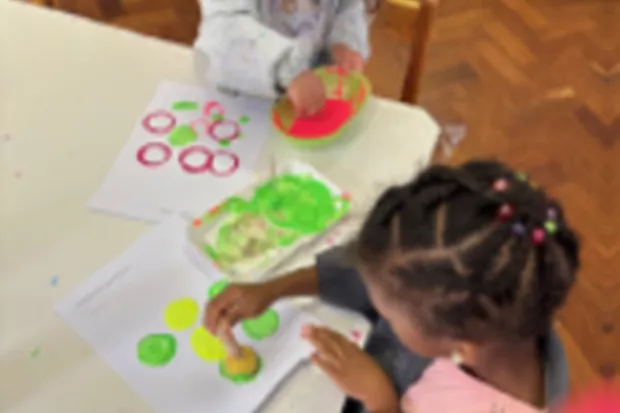
Little Saints News
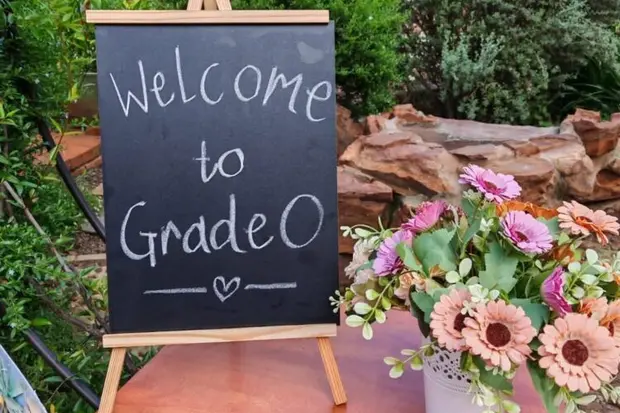
Grade 0 News
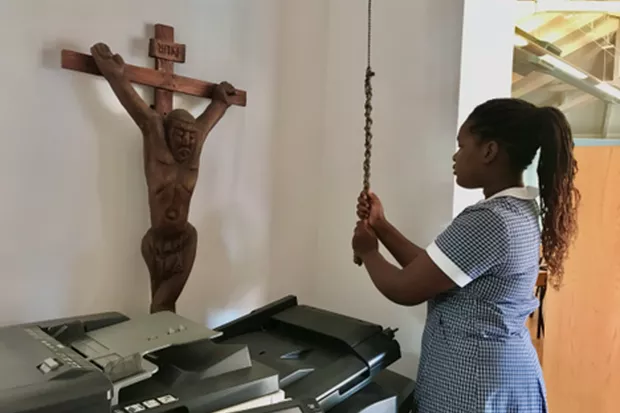
Grade 7 News
